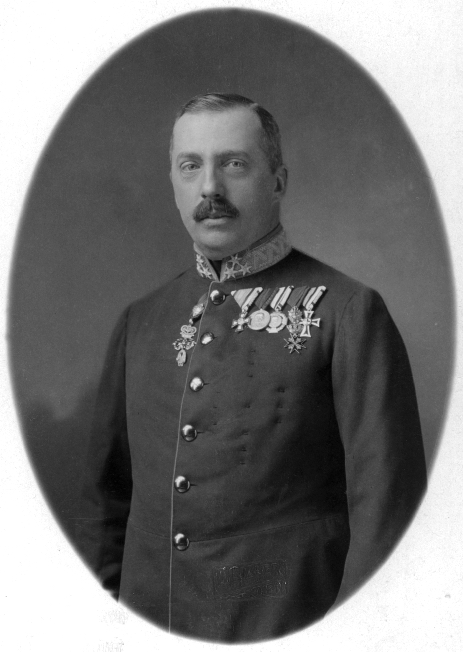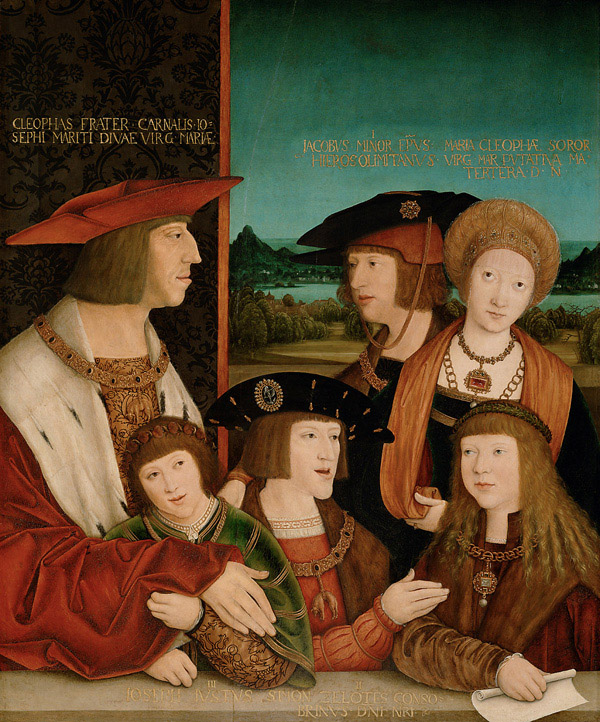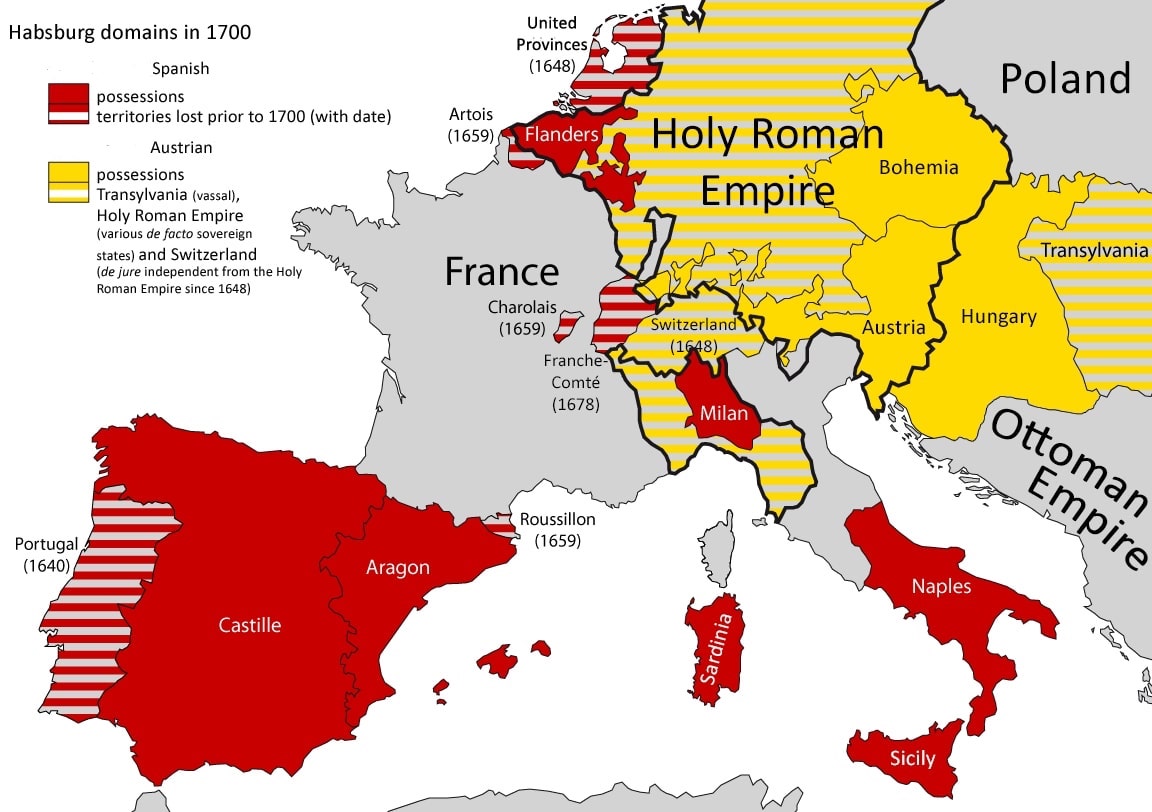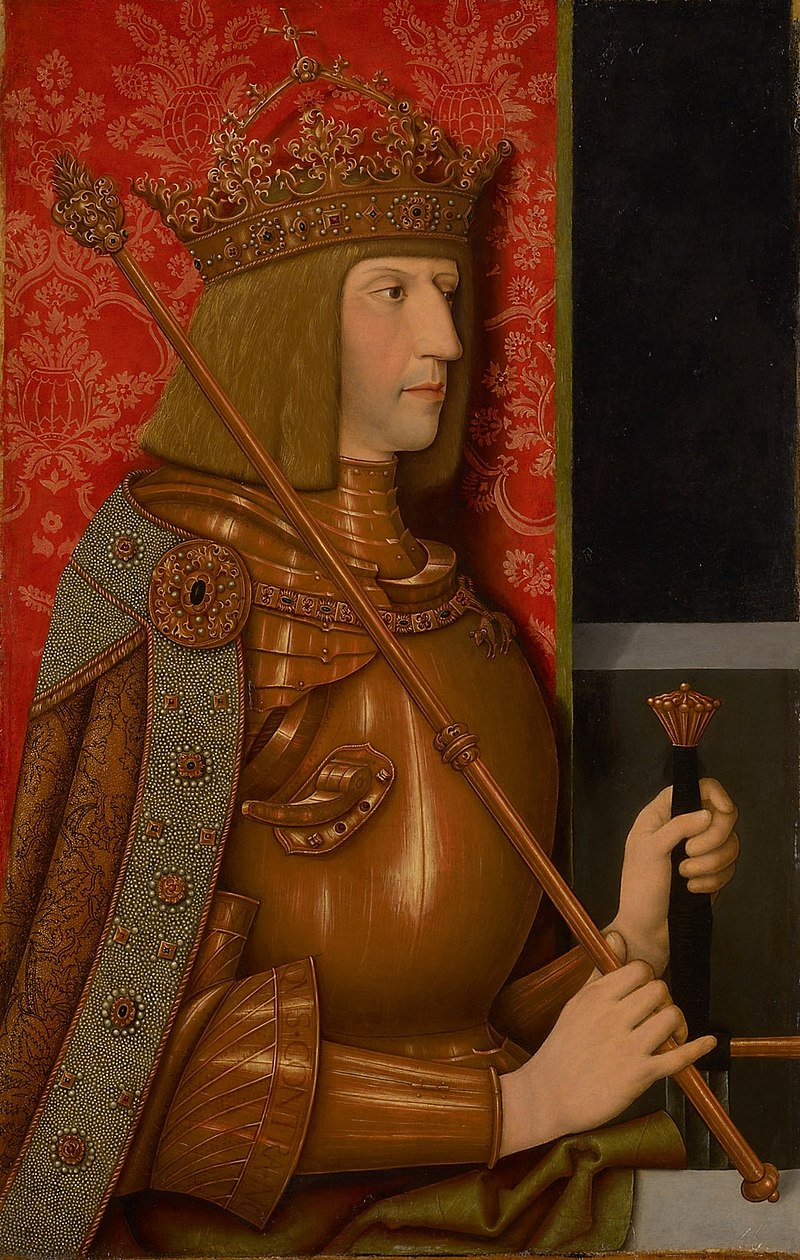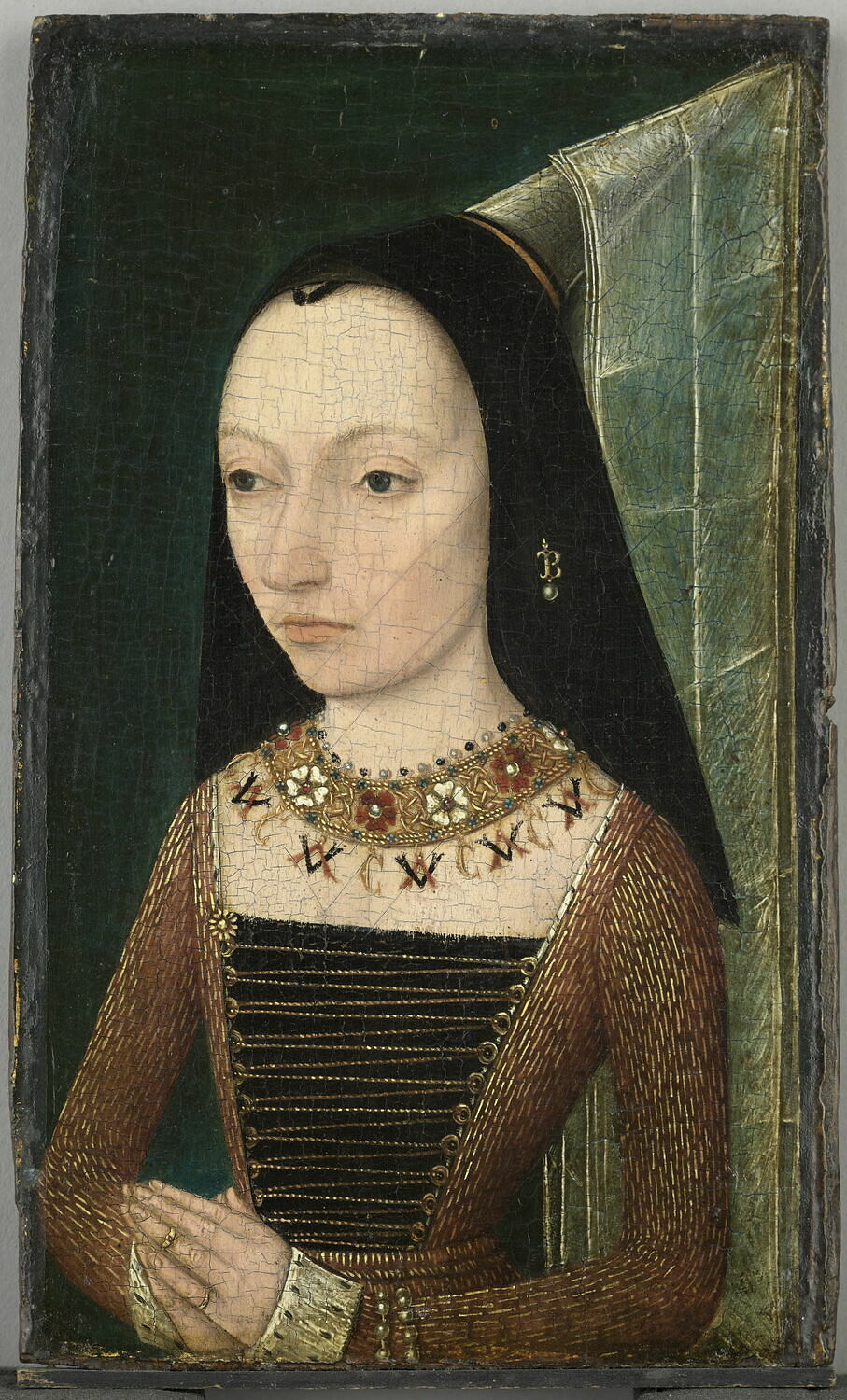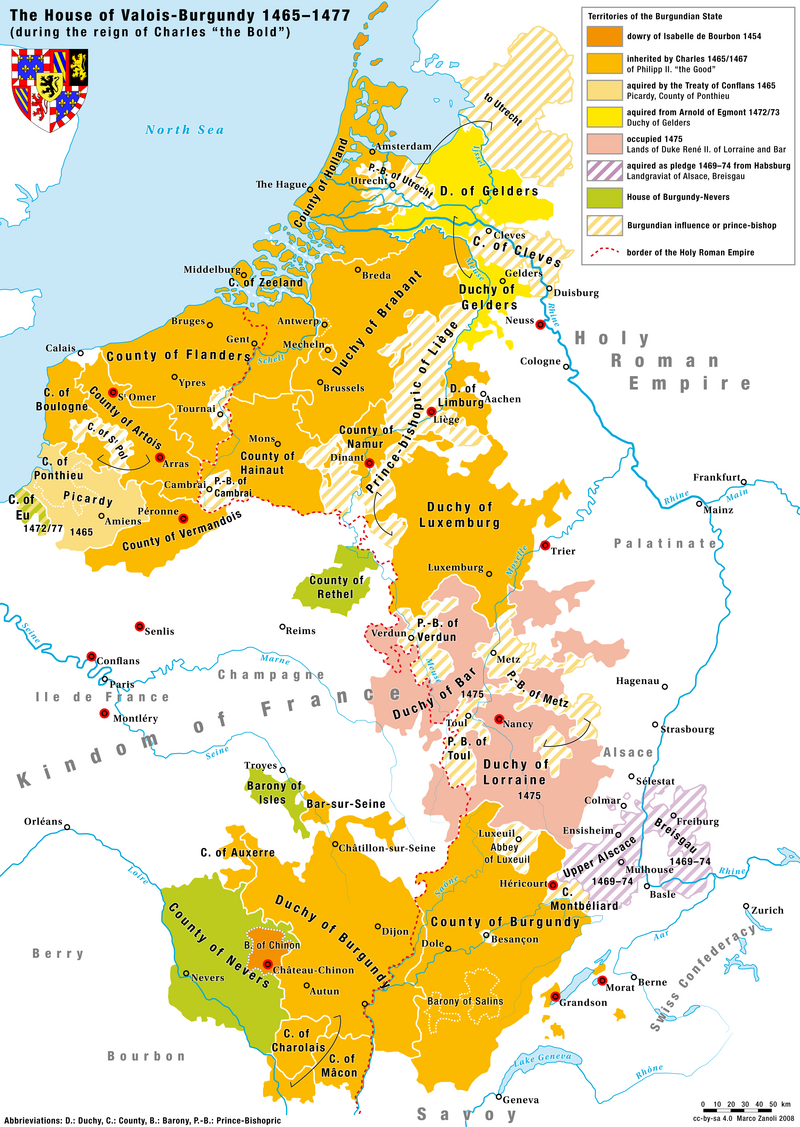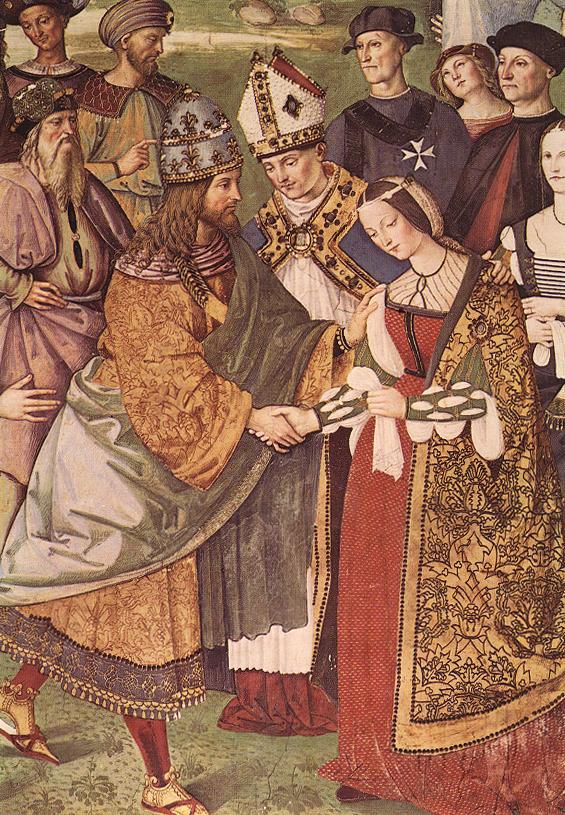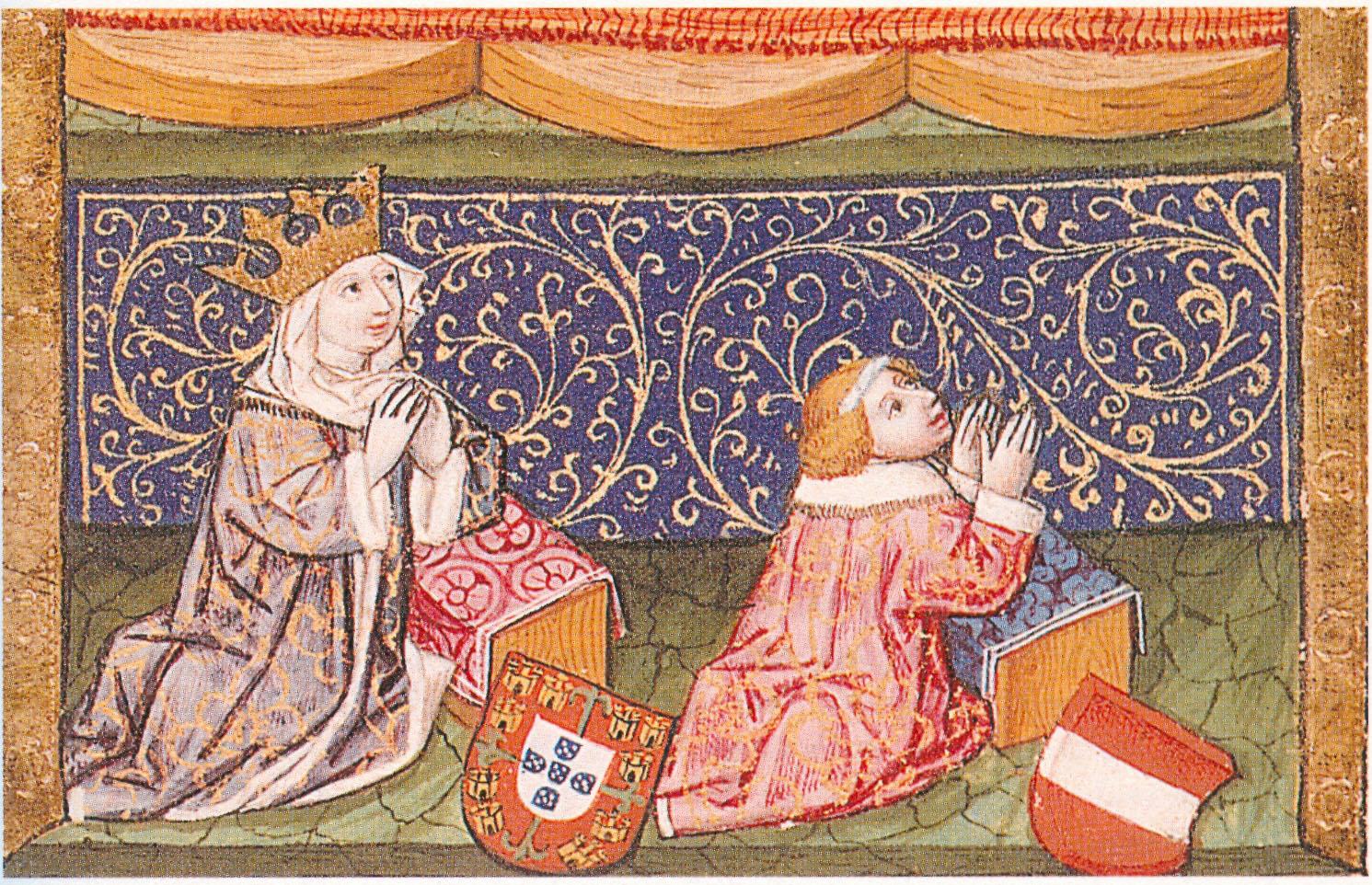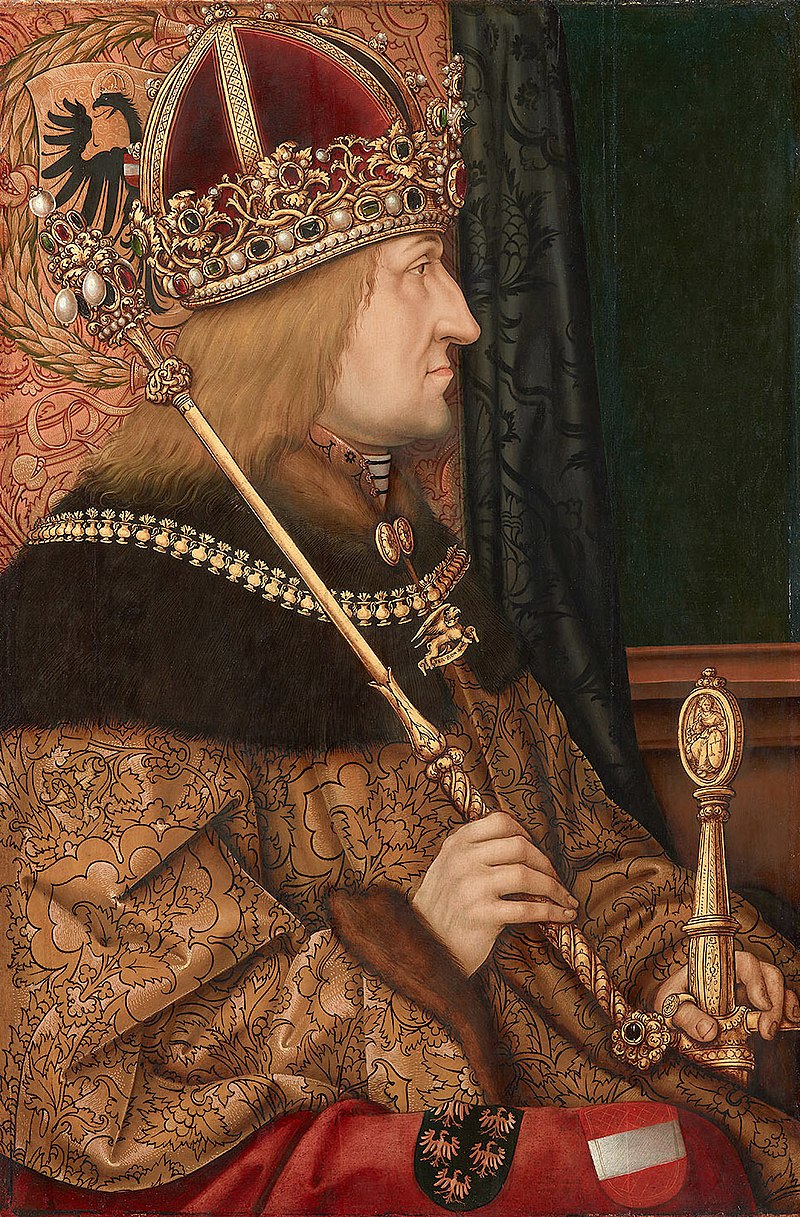by Susan Flantzer
© Unofficial Royalty 2023
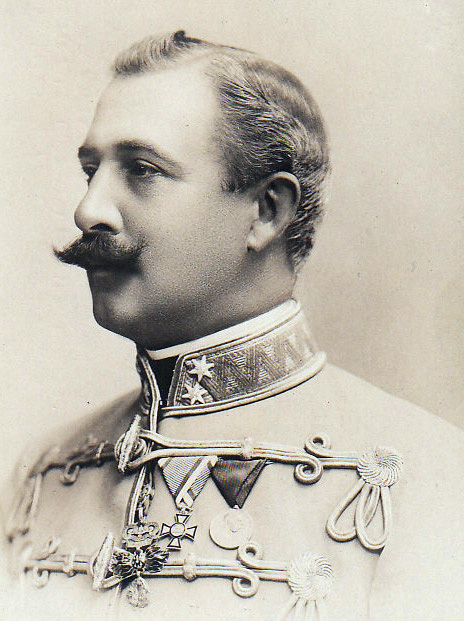
Archduke Otto Franz of Austria; Credit – Wikipedia
Archduke Otto Franz of Austria was the father of Karl I, the last Emperor of Austria, and the brother of the ill-fated Archduke Franz Ferdinand of Austria, whose assassination in 1914 was one of the causes of World War I. Otto Franz Joseph Karl Ludwig Maria was born on April 21, 1865, in Graz, Austrian Empire, now in Austria. He was the second of the three sons and the second of the four children of Archduke Karl Ludwig of Austria and his second wife Princess Maria Annunciata of Bourbon-Two Sicilies. Archduke Karl Ludwig’s elder brothers were Franz Joseph I, Emperor of Austria and Archduke Maximilian of Austria, the executed Emperor of Mexico. Otto Franz’s paternal grandparents were Archduke Franz Karl of Austria and Princess Sophie of Bavaria. His maternal grandparents were King Ferdinando II of the Two Sicilies and his second wife, Archduchess Maria Theresa of Austria.
Otto Franz had three siblings:
- Archduke Franz Ferdinand of Austria (1863 – 1914), married morganatically Countess Sophie Chotek von Chotkow und Wognin, had two sons and one daughter
- Archduke Ferdinand Karl of Austria (1868 – 1915), married morganatically Bertha Czuber, no children
- Archduchess Margarete Sophie of Austria (1870 – 1902) married Albrecht, Duke of Württemberg, had seven children

L to R: Franz Ferdinand, Otto Franz, Karl Ludwig (father), Margarete Sophie, Maria Theresa (stepmother), and Ferdinand Karl, 1873; Credit – Wikipedia
When Otto Franz was six-years-old, his mother, 28-year-old Maria Annunciata, died from tuberculosis on May 4, 1871. Two years after his mother’s death, Otto Franz’s father Karl Ludwig married Infanta Maria Theresa of Portugal, daughter of the deposed King Miguel I of Portugal and Adelaide of Löwenstein-Wertheim-Rosenberg.

Half-sisters Elisabeth Amalie and Maria Annunciata, 1893; Credit – Wikipedia
Otto had two half-sisters from his father’s second marriage:
- Archduchess Maria Annunciata of Austria (1876 – 1961), unmarried
- Archduchess Elisabeth Amalie of Austria (1878 – 1960), married Prince Aloys of Liechtenstein, had eight children, including Franz Josef II, Prince of Liechtenstein, Princely Family of Liechtenstein descends from this marriage
Otto Franz was raised with his elder brother Franz Ferdinand, under the supervision of Count Ferdinand Christoph Eberhard von Degenfeld-Schonburg, (link in German), a Lieutenant Field Marshal in the Austrian-Hungarian army. When in Vienna, the family resided at the Palais Archduke Karl Ludwig. Villa Wartholz in Reichenau an der Rax and Artstetten Castle in Artstetten-Pöbring were used as the family’s summer residences.

Otto Franz and Maria Josepha at the time of their engagement, 1886; Credit – Wikipedia
On October 2, 1886, in Dresden, Kingdom of Saxony, now in the German state of Saxony, 21-year-old Otto Franz married 19-year-old Princess Maria Josepha of Saxony, daughter of the future King Georg I of Saxony and Infanta Maria Ana of Portugal. Otto’s first cousin, Crown Prince Rudolf of Austria, and Otto’s brother, Franz Ferdinand, had snubbed the Saxon court by rejecting Maria Josepha’s elder sister, Mathilde, as a bride. Relations between Austria-Hungary and Saxony improved only when Otto Franz, under pressure from the Austrian-Hungarian court, married Mathilde’s younger sister Maria Josepha. The marriage of Otto Franz and Maria Josepha was increasingly unhappy. Otto Franz had many affairs, and Maria Josepha was very religious and was insultingly called “the nun” by her husband because of her deeply pious beliefs.

Otto Franz with his wife Maria Josepha and their two sons Karl and Maximilian Eugen, circa 1897; Credit – Wikipedia
Otto Franz and Maria Josepha had two sons:
- Karl I, the last Emperor of Austria (1887 – 1922), married Princess Zita of Bourbon-Parma, had eight children
- Archduke Maximilian Eugen of Austria (1895 – 1952), married Princess Franziska von Hohenlohe-Waldenburg-Schillingsfürst, had two children
In 1889, Otto Franz’s first cousin, Crown Prince Rudolf of Austria died by suicide at his hunting lodge Mayerling. Crown Prince Rudolf, the only son of Emperor Franz Joseph, had no sons, so the succession would pass to Emperor Franz Joseph’s brother, Archduke Karl Ludwig and his eldest son Archduke Franz Ferdinand. There have been suggestions that Karl Ludwig renounced his succession rights in favor of his son Franz Ferdinand. However, an act of renunciation was never formally signed, and Karl Ludwig was never officially designated heir to the throne. He was only three years younger than Franz Joseph and not a realistic choice. When Karl Ludwig died in 1896, Franz Ferdinand became the heir to his uncle’s throne.
Meanwhile, Otto Franz was involved in many scandals, including jumping nude from a window in a private dining room in the Hotel Sacher in Vienna in front of a visiting British peeress and being spotted in the hallway at the Hotel Sacher about to enter a lady’s room, wearing nothing but a sword. The imperial court gradually became alienated from Otto Franz, as did his wife.
Otto Franz had two children with his mistress Marie Schleinzer (1874 – 1949):
- Alfred Joseph Edler von Hortenau (1892 – 1957), married Charlotte Böhler, had one daughter
- Hildegard von Hortenau (1894 – ?)

Otto Franz, circa 1900; Credit – Wikipedia
By 1900, it was clear that Otto Franz had contracted syphilis. He withdrew from public life and spent a year in Egypt, where he temporarily improved. After returning to Austria, Otto Franz became quite ill. He was in agonizing pain for the last two years of his life and was forced to replace his nose with a rubber prosthetic due to the facial deformity caused by syphilis. During his last months, Otto Franz lived in a villa in Währing, a district of Vienna, and was nursed by his last mistress, Luise Robinson, and by his stepmother, Maria Theresa of Portugal. On November 1, 1906, Archduke Otto Franz, aged forty-one, died. He was interred in the Imperial Crypt at the Capuchin Church in Vienna, Austria.

Tomb of Archduke Otto Franz of Austria; Credit – www.findagrave.com
Otto Franz’s brother Archduke Franz Ferdinand was the heir to the throne until his assassination on June 28, 1914, an event that was one of the causes of World War I. Franz Ferdinand had been allowed to make a morganatic marriage with the condition that the children of the marriage would not have succession rights. Upon Franz Ferdinand’s death, Otto Franz’s son Karl became the heir. He succeeded to the throne as Emperor Karl I of Austria upon the death of Emperor Franz Joseph I in 1916. Karl reigned until the monarchy was abolished in 1918, at the end of World War I. Since that time, the pretenders to the throne of the Austrian-Hungarian Empire have been Otto Franz’s descendants through his son Karl.

Otto Franz’s son Karl I, the last Emperor of Austria; Credit – Wikipedia
Karl and his father were as different as night and day. Karl was raised with a very religious upbringing by his pious mother Maria Josepha. Upon marrying Princess Zita of Bourbon-Parma, also a very devout Roman Catholic, Karl told her, “Now, we must help each other to get to Heaven.” Karl was beatified on October 3, 2004, by Pope John Paul II, and he is known as Blessed Karl of Austria. Beatification is the third of four steps toward sainthood in the Roman Catholic Church. Many Roman Catholic churches in Austria have altars dedicated to Blessed Karl of Austria.
This article is the intellectual property of Unofficial Royalty and is NOT TO BE COPIED, EDITED, OR POSTED IN ANY FORM ON ANOTHER WEBSITE under any circumstances. It is permissible to use a link that directs to Unofficial Royalty.
Works Cited
- Archduke Otto of Austria (1865–1906) (2023) Wikipedia. Available at: https://en.wikipedia.org/wiki/Archduke_Otto_of_Austria_(1865%E2%80%931906) (Accessed: 20 May 2023).
- Flantzer, Susan. (2021) Archduke Karl Ludwig of Austria, Unofficial Royalty. Available at: https://www.unofficialroyalty.com/archduke-karl-ludwig-of-austria/ (Accessed: 20 May 2023).
- Flantzer, Susan. (2014) Karl I, Emperor of Austria, Unofficial Royalty. Available at: https://www.unofficialroyalty.com/karl-i-emperor-of-austria/ (Accessed: 20 May 2023).
- Otto Franz Joseph Von österreich (2023). Wikipedia (German). Available at: https://de.wikipedia.org/wiki/Otto_Franz_Joseph_von_%C3%96sterreich (Accessed: 20 May 2023).
- Princess Maria Josepha of Saxony (1867–1944) (2023) Wikipedia. Available at: https://en.wikipedia.org/wiki/Princess_Maria_Josepha_of_Saxony_(1867%E2%80%931944) (Accessed: 20 May 2023).
- Wheatcroft, Andrew, 1995. The Habsburgs. London: Viking.

